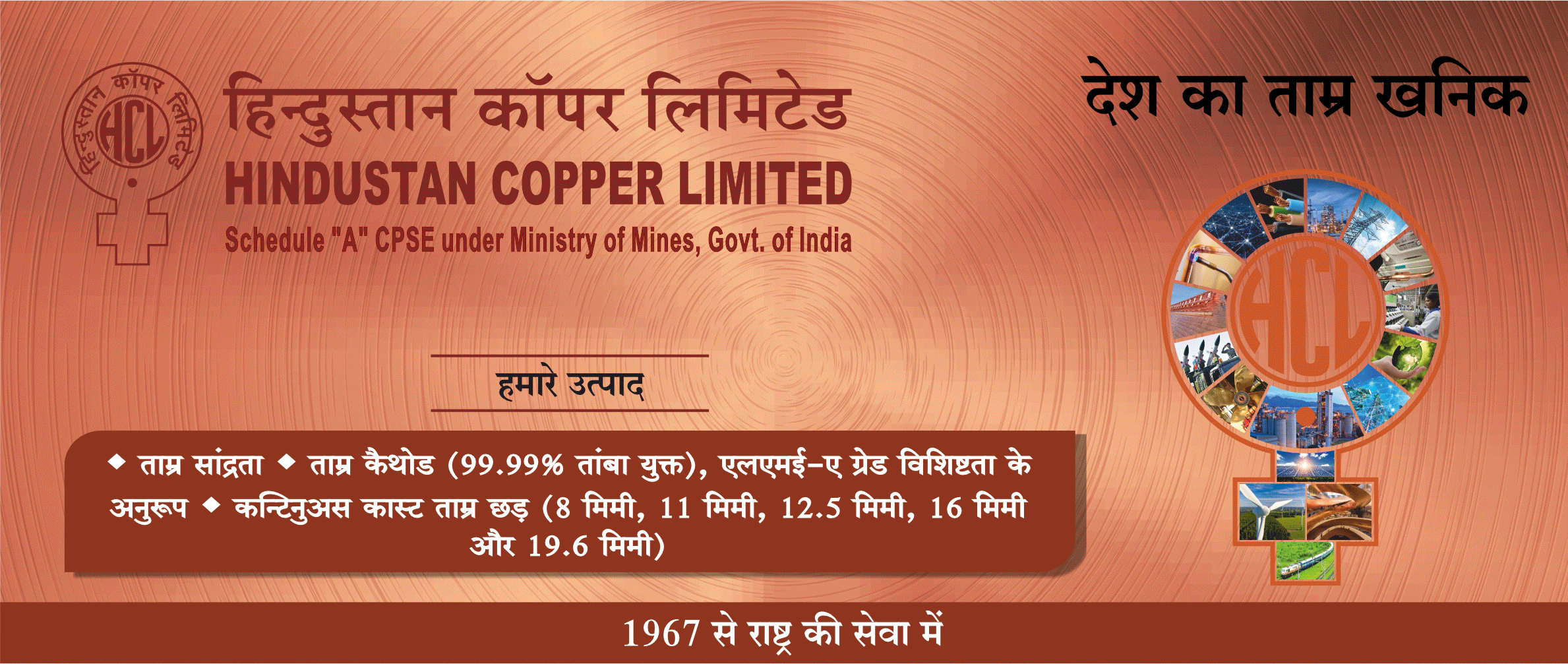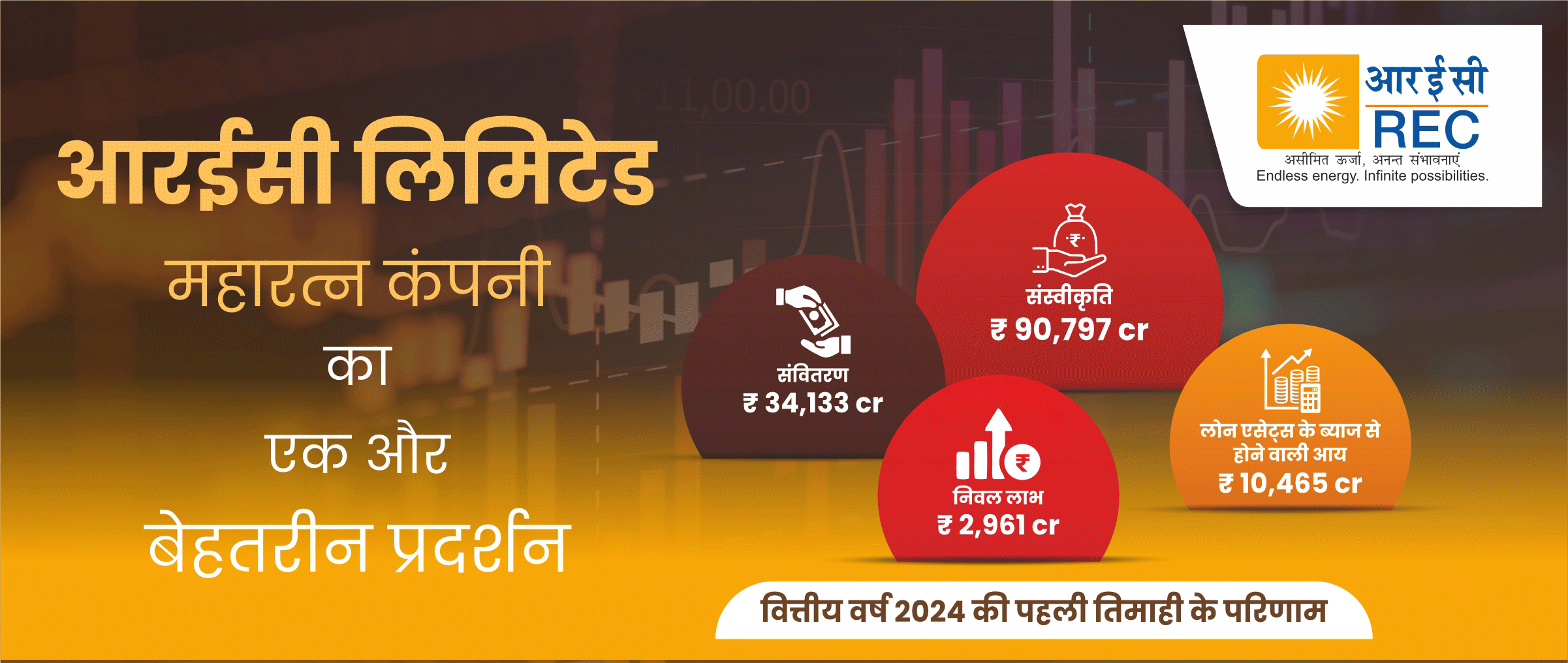TO RECIEVE EXCLUSIVE POSTS AND NEWS
There
is a general feeling in the higher echelons of NaMo administration that the
newly-introduced outlandish concept of 360-degree
evaluation for empanelment as Secretary, Additional Secretary and Joint
Secretary may be not as effective as it was initially thought to be. The
feeling is fuelled by the fact that a whole lot of 'good and efficient'
candidates has been left out of empanelment from senior postings. Take, for
instance, the case of empanelment of only 29 IAS Officers of 1986 batch. This
number is considered too low for AS empanelment and came as a bolt from the
blue for many eligible aspirants. Naturally, it triggered a debate whether the
first-time introduced system of 360-degree evaluation worked or failed. Further,
the debate was fuelled this week by empanelment of merely 31 officers as
Secretary and 11 as Secretary Equivalent, as many senior officers found it
incredible that many left-outs were considered for Secretary Empanelment at the
cost of several better ones. What is the big deal about the system of
360-degree evaluation? Many senior-most
officers posted in cadre states and centre as well say that there is no big
deal, except the whims of some and cronyism that enabled four retired
secretaries to be picked up and deployed to fish out all kind of information
some of which could not be ruled out to be saucy and irrelevant on their
unknown successor officers. It
is learnt that the committee members were given a set of six questions and
limited and rigid framework of answers. It is pointed out that efficient and
good governments are run on institutional mechanisms and not on subjective
evaluations. The
problem with the 360-degree evaluation system is that it bypasses the
institutional mechanisms like APRs, CVC & IB clearance and replaces them
with the subjective evaluations -based on hearsay - of retired officials picked
up without any institutional procedure to carry out evaluations of officers
whom they have neither known nor worked with. Further,
since the 360-degree evaluation relies heavily on subjective judgments of peer
groups and subordinates, it lends itself to be unduly influenced by feelings
and gossips. Therefore,
the system has not only raised the eyebrows among all the officers across
services, it has unavoidably put the junior batches (1984, 1985, 1986 and
further junior batches) under a high level of insecurity and apprehensions
about their future. As the process of critical assessment gets under way, it's
becoming clear to one and all that the propounder of the 360-degree system has
opened up a can of worms. Take,
for instance, the Secretary level empanelment of 1983 batch that took place on
July 18, 2016. Altogether 42 officers were empanelled as Secretary (31
officers) and Secretary Equivalent (11 officers). It's generally believed that
while this empanelment list has many competent, capable and credible officers,
it has also ignored, if not discarded, a lot of capable and credible officers
for no convincing reasons. The
ongoing criticism of the 360 system revolves around well-known principles of
governance: transparency versus opacity; objectivity versus subjectivity;
idealism versus pragmatism; utility versus futility; professionalism versus
sycophancy, etc. A
retired senior IAS officer added "the intent of coining the 360-method
certainly emanates from NaMo administration's conviction to make the system
robust and responsible but don't you think that it will create avenues for a
compromised breed of bureaucrats. The increasing insecurity for career
prospects may compel them to keep compromising with the basic premise of civil
service. ![]()
Readers' Choice
Gujarat: Around a dozen IPS officers reshuffled 6 hours ago
ED arrests Anil Tuteja in Chhattisgarh liquor scam case 21 Apr 2024
IPS officer writes to “Sarkar” seeking “Car” at par; flags a discriminatory regime 19 Apr 2024
Gujarat: A major reshuffle of IPS enacted 14 Apr 2024
Ex IAS officer joins BJP; to be fielded against Harsimrat Badal 12 Apr 2024
360 model of empanelment: No big deal
By IndianMandarins - 2016-07-28 11:35:26
There is a general feeling in the higher echelons of NaMo administration that the newly-introduced outlandish concept of 360-degree evaluation for empanelment as Secretary, Additional Secretary and Joint Secretary may be not as effective as it was initially thought to be.
The feeling is fuelled by the fact that a whole lot of 'good and efficient' candidates has been left out of empanelment from senior postings. Take, for instance, the case of empanelment of only 29 IAS Officers of 1986 batch. This number is considered too low for AS empanelment and came as a bolt from the blue for many eligible aspirants. Naturally, it triggered a debate whether the first-time introduced system of 360-degree evaluation worked or failed.
Further, the debate was fuelled this week by empanelment of merely 31 officers as Secretary and 11 as Secretary Equivalent, as many senior officers found it incredible that many left-outs were considered for Secretary Empanelment at the cost of several better ones.
What is the big deal about the system of 360-degree evaluation?
Many senior-most officers posted in cadre states and centre as well say that there is no big deal, except the whims of some and cronyism that enabled four retired secretaries to be picked up and deployed to fish out all kind of information some of which could not be ruled out to be saucy and irrelevant on their unknown successor officers.
It is learnt that the committee members were given a set of six questions and limited and rigid framework of answers. It is pointed out that efficient and good governments are run on institutional mechanisms and not on subjective evaluations.
The problem with the 360-degree evaluation system is that it bypasses the institutional mechanisms like APRs, CVC & IB clearance and replaces them with the subjective evaluations -based on hearsay - of retired officials picked up without any institutional procedure to carry out evaluations of officers whom they have neither known nor worked with.
Further, since the 360-degree evaluation relies heavily on subjective judgments of peer groups and subordinates, it lends itself to be unduly influenced by feelings and gossips.
Therefore, the system has not only raised the eyebrows among all the officers across services, it has unavoidably put the junior batches (1984, 1985, 1986 and further junior batches) under a high level of insecurity and apprehensions about their future. As the process of critical assessment gets under way, it's becoming clear to one and all that the propounder of the 360-degree system has opened up a can of worms.
Take, for instance, the Secretary level empanelment of 1983 batch that took place on July 18, 2016. Altogether 42 officers were empanelled as Secretary (31 officers) and Secretary Equivalent (11 officers). It's generally believed that while this empanelment list has many competent, capable and credible officers, it has also ignored, if not discarded, a lot of capable and credible officers for no convincing reasons.
The ongoing criticism of the 360 system revolves around well-known principles of governance: transparency versus opacity; objectivity versus subjectivity; idealism versus pragmatism; utility versus futility; professionalism versus sycophancy, etc.
A retired senior IAS officer added "the intent of coining the 360-method certainly emanates from NaMo administration's conviction to make the system robust and responsible but don't you think that it will create avenues for a compromised breed of bureaucrats. The increasing insecurity for career prospects may compel them to keep compromising with the basic premise of civil service.













